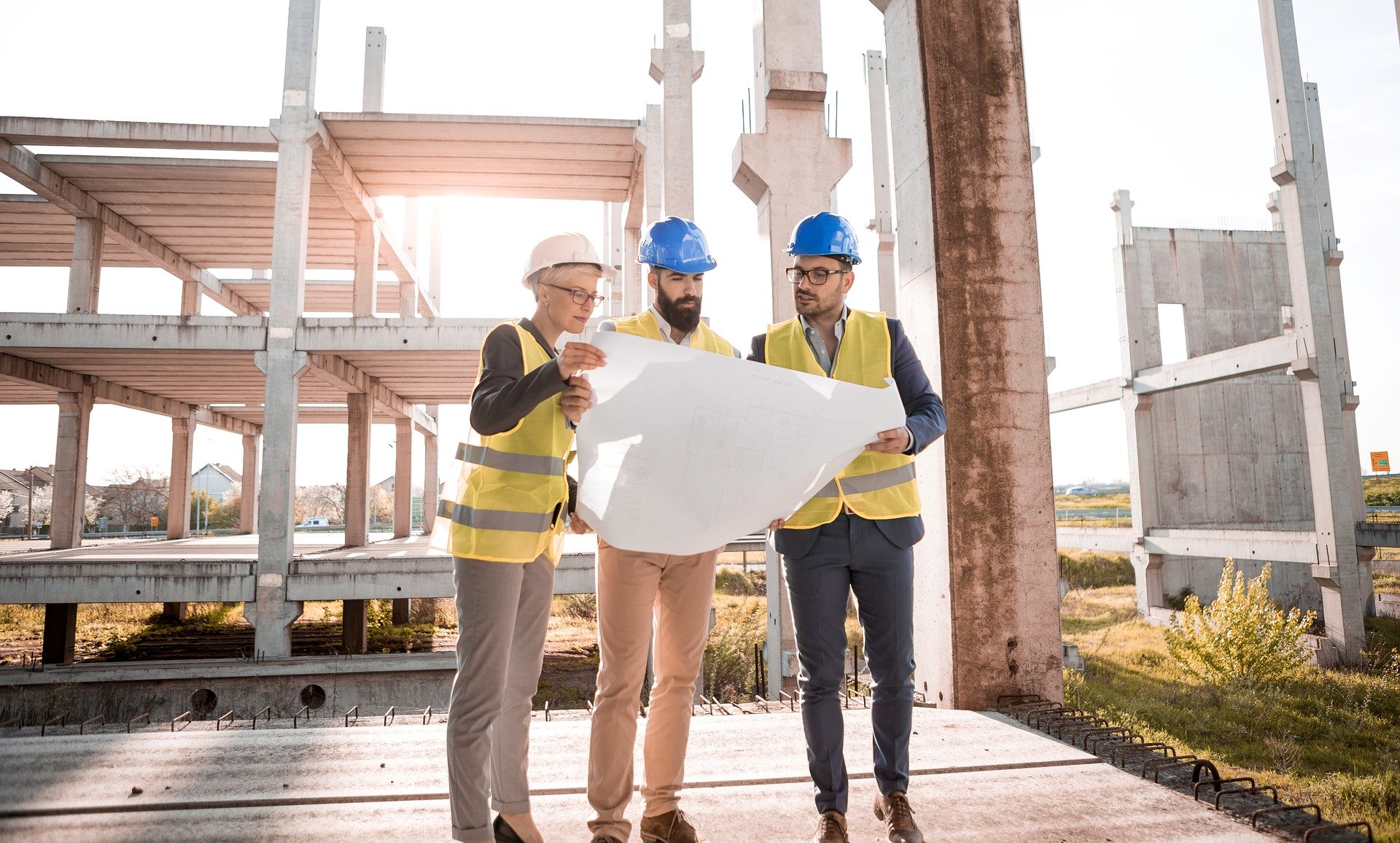This document defines principles, requirements and guidelines for the development and use of benchmarks when assessing the economic, social and/or environmental performance of buildings and civil engineering works by using sustainability indicators.
It complements and supports the application of ISO 21929-1 and ISO/TS 21929-2 by creating principles and requirements for the establishment of benchmarks that support target setting, decision making and communication to third parties. This document is also related to ISO 21931-1 and ISO 21931-2 by creating principles, requirements and guidelines for the establishment and use of benchmarks related to environmental performance and other aspects of sustainability.
This document describes three types of values for benchmarks (performance levels for comparison purposes):
- limit values;
- reference values;
- target values.
Why you need the BS ISO 21678:2020 Standard?
The need for consolidated benchmark values is recognized and expressed in various national and European laws or guidelines: BREEAM, LEED, Energy Performance Certificates, etc.
This document complements existing indicators ISO 21929-1 and ISO 21929-2 for the assessment of mission and strategy and ISO 21931-1 and ISO 21931-2 for the assessment of the environmental performance.
Other benchmarks not used in a legal context can also be supported such as an assessment of the impact of the supply chain, LEED, BREEAM and the effect on the use of digital technologies on economic, social and environmental aspects.
The BS ISO 21678:2020 Standard is created to support the benchmark values used by (building and civil) engineers and their associated bodies such as the European Committee of Technical Assessment (ECTA).
Expected time until completion of a project is the time between the start and the end of design, construction, or operation of the civil engineering work concerned, or the time between the start of the first task and the end of the last task, depending on the task breakdown in the project. The expected total average time for all projects along the supply chain is equal to the total production time of the largest single project with a production time greater than zero.
Building Rating Systems – High Performance in the Built Environment
An assessment of the environmental and social sustainability of a built structure is critical to the decision-making process of property developers, sponsors, investors, designers, architects, housing and building contractors, and real estate investors. Tools for evaluating the environmental and social characteristics of structures allows for low-risk, informed decision-making, which aligns with stakeholders’ personal values and commercial self-interests.
ISO/TS 21929-2 specifies requirements and guidelines for the development of criteria for the evaluation of the environmental and social sustainability of buildings and civil engineering works. It provides criteria and procedures for the assessment and quantification of life-cycle impacts (using energy, materials, water and waste), as well as human and social impacts. These impacts are generally analyzed and quantified at different levels of the building life cycle:
- concept and design;
- design, construction, operation, and demolition;
- on-site and off-site supply chain activities and human activities;
- beneficial reuse.
Sustainability indicators are the primary input data for the assessment according to ISO/TS 21929-2. Sustainability indicators are a group of up to 8 attributes characterized by a data source, an aggregating function, a rule for the calculation of an overall quantitative indicator value, and an assessment scale.
BS ISO 21678:2020 Standard is complementary to ISO/TS 21929-2, providing additional principles, requirements and guidance for the development and use of benchmarks when assessing the environmental and social performance of buildings and civil engineering works.
ISO/TS 21929-2:2017 specifies requirements and guidelines for the assessment of the environmental and social sustainability of buildings and civil engineering works.
Requirements and guidelines are commonly needed during the life cycle of a project, from conception through operation, and even the post-operational reuse.
The ISO/TS 21929-2 methodology provides a way to establish an assessment framework that considers:
- the legal requirements of a specific project;
- the environmental and social policy of a corporation;
- standards for environmental and social performance in certain industries;
- advice from clients;
- open standards.
ISO/TS 21929-2 supports an assessment of the environmental and social impacts – and an improvement of the environmental and social performance – of a project. It can be applied throughout the design, procurement, construction, operation, and post-operation phases of the project.
ISO/TS 21929-2 specifies requirements and guidelines for the assessment of the environmental and social sustainability of buildings and civil engineering works.
What prompted the creation of the BS ISO 21678:2020 Standard?
The need for consolidated benchmark values is identified and expressed in various national and European laws or guidelines.
BS ISO 21678:2020 Standard seeks to complement existing indicators ISO 21929-1 and ISO 21929-2 for the assessment of mission and strategy and ISO 21931-1 and ISO 21931-2 for the assessment of the environmental performance.
Other benchmarks not used in a legal context can also be supported such as an assessment of the impact of the supply chain, LEED, BREEAM and the effect on the use of digital technologies on economic, social and environmental aspects.
















